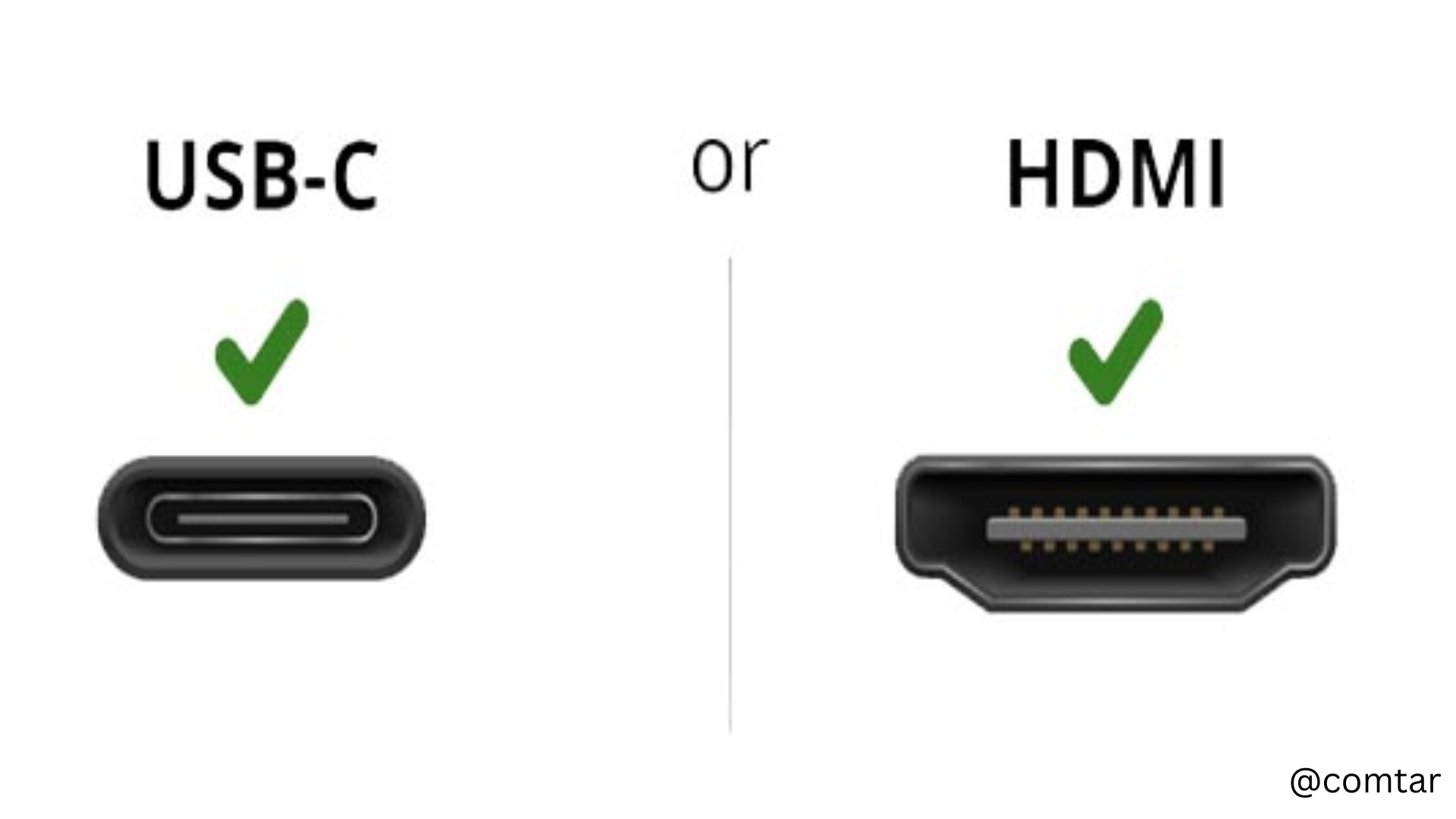Fast and dependable connectivity is crucial in the fast-paced digital world of today. USB-C and HDMI ensure lag-free AV connectivity, excellent image quality, and enhanced user comfort. USB-C and HDMI evolve to meet growing demands for power delivery, fast data transfer, and high-resolution displays through innovation.
The development of USB-C and HDMI, their effects on AV connectivity and how to select the best interface for your requirements are all covered in this article.
USB-C: A Versatile Powerhouse in AV Connectivity
The Rise of USB-C as a Universal Standard
Because of its multipurpose features and small, reversible design, USB-C has become incredibly popular. USB-C’s symmetrical plug design makes connections simpler and more dependable than conventional USB connectors, which require particular orientations.
Its ability to carry data, power, and video drives adoption in laptops, smartphones, gaming consoles, and AV equipment. USB-C has also become a crucial component in Video Conferencing Systems, enabling seamless communication across various devices.
Key Features and Advancements of USB-C in AV
- Lightning-Quick Transmission: File transfers and streaming are made possible by USB 3.2 and USB4’s 40Gbps transmission rates.
- USB-C supports Power Delivery (PD), charging laptops, displays, and accessories up to 100W efficiently.
- High-Resolution Video Output: USB-C supports DisplayPort, HDMI and Thunderbolt via Alt Mode, enabling high-quality video output to external screens.
- Universal Compatibility: It is a one-stop shop that improves productivity in home offices, conference rooms and creative workstations by eliminating cable clutter.
How USB-C Enhances AV Experiences
By providing a single cable for power, video and audio transmission, USB-C makes communication easier for AV professionals. This makes it a great option for content creators who require high-speed data transfer with low latency, as well as for portable setups and hybrid workspaces.
HDMI: The Unrivaled Leader in AV Solutions
Why HDMI Continues to Dominate AV Technology
HDMI is still the recommended option for large-scale installations, professional AV Solutions and home theaters even with the popularity of USB-C. It is a dependable standard for TVs, game consoles, projectors and AV receivers due to its extensive use and backward compatibility.
Key Features and Innovations in HDMI
- HDMI 2.1 supports 8K 60Hz and 4K 120Hz, ensuring ultra-smooth visuals for gaming and professional video editing.
- High-Fidelity Audio Transmission: The Enhanced Audio Return Channel (eARC) improves compatibility with Dolby Atmos and DTS:X sound systems.
- Auto Low Latency Mode (ALLM) and Variable Refresh Rate (VRR): These features minimize lag and screen tearing, ensuring a responsive experience crucial for gamers.
- Long-Distance Signal Transmission: HDMI cables are perfect for conference rooms and AV System installations since they can transmit signals up to 15 meters without noticeable signal loss.
The Reliability of HDMI in AV Setups
Although USB-C is more flexible, HDMI’s reliability, interoperability and wide range of device support make it the best option for specialized AV applications. HDMI continues to be essential for smooth video and audio transmission in home theater systems, professional broadcast settings and large-scale AV operations.
USB-C vs. HDMI: Choosing the Right Interface
Depending on your unique AV needs, you can choose between USB-C and HDMI.
When to Choose USB-C
- Ideal for laptops, mobile devices and hybrid work environments
- Perfect for sending videos across short distances (less than two meters)
- Enables data transport, power delivery and video
- Preferred for all-in-one, ultra-portable connectivity options
When to Choose HDMI
- Ideal for professional AV installations, gaming consoles and TVs
- Perfect for transmitting signals over great distances (up to 15 meters)
- Enables high-bandwidth, high-quality audio and video
- Preferred for large monitors and specialized home theaters
USB-C to HDMI cables/adapters enable high-quality connections between USB-C devices and HDMI screens for versatile use.
The Future of AV Connectivity: What’s Next for USB-C and HDMI?
Both USB-C and HDMI will develop further as technology progresses to satisfy the growing needs of professional AV workflows, immersive gaming and high-resolution entertainment.
With its better power supply, quicker data speeds and seamless multi-display support, USB-C is expected to be widely used in the creative, educational and enterprise sectors, including Digital Cafeteria solutions that require seamless content distribution across multiple displays.
To maintain its position as the best option for high-performance AV applications, HDMI will keep improving its features and pushing the limits of resolution, refresh rates and audio fidelity.
As wireless AV solutions, AI-powered video processing and ultra-fast networking standards become more prevalent, USB-C and HDMI integration will open the door to more intelligent and engaging audio-visual experiences. AV Consultants will play a key role in helping organizations navigate these advancements and integrate the best connectivity solutions for their specific needs.
Conclusion
How we use technology, cooperate and consume material has changed as a result of the development of USB-C and HDMI in AV connectivity.
- USB-C provides modern devices with a single solution that is both tiny and versatile.
- HDMI offers high-fidelity audiovisual performance, long-distance transmission and unparalleled dependability.
AV specialists, content producers and regular users can all make well-informed selections for smooth integration by being aware of their advantages and best use cases.
Do you want to improve your AV system? Examine our selection of HDMI and USB-C connectivity options to determine which one best suits your requirements.





